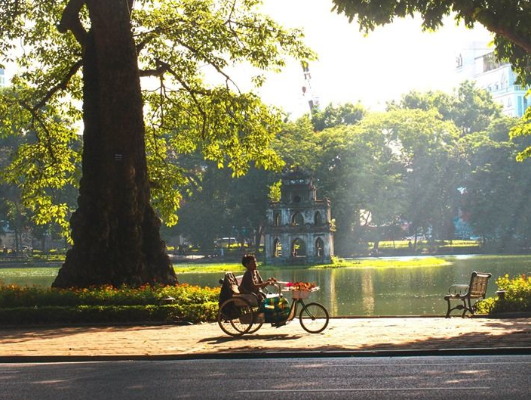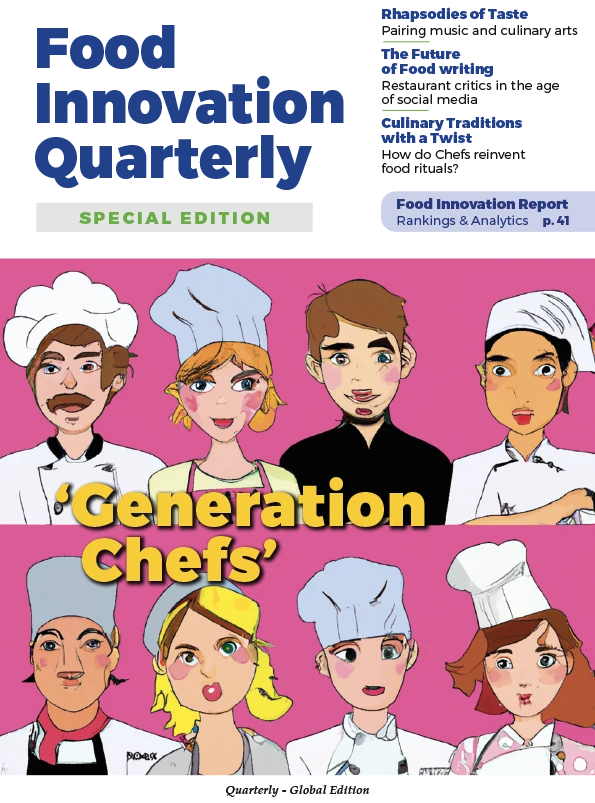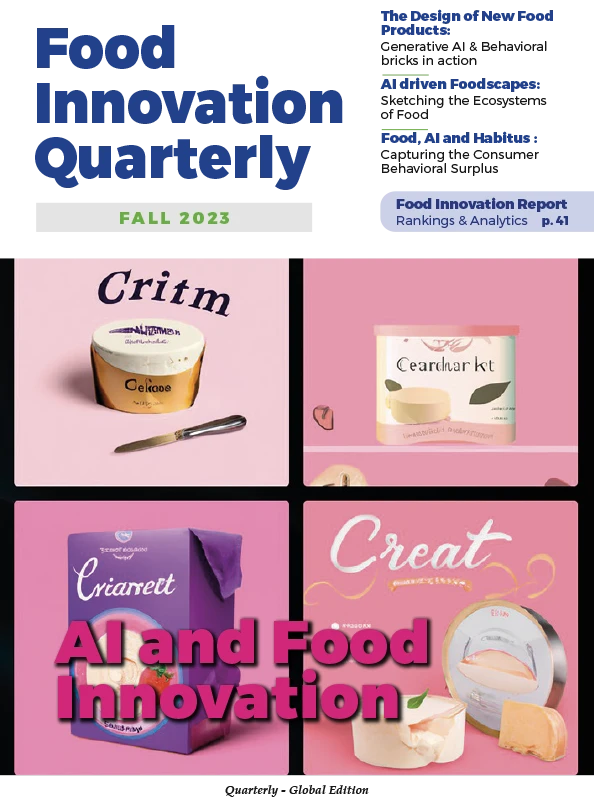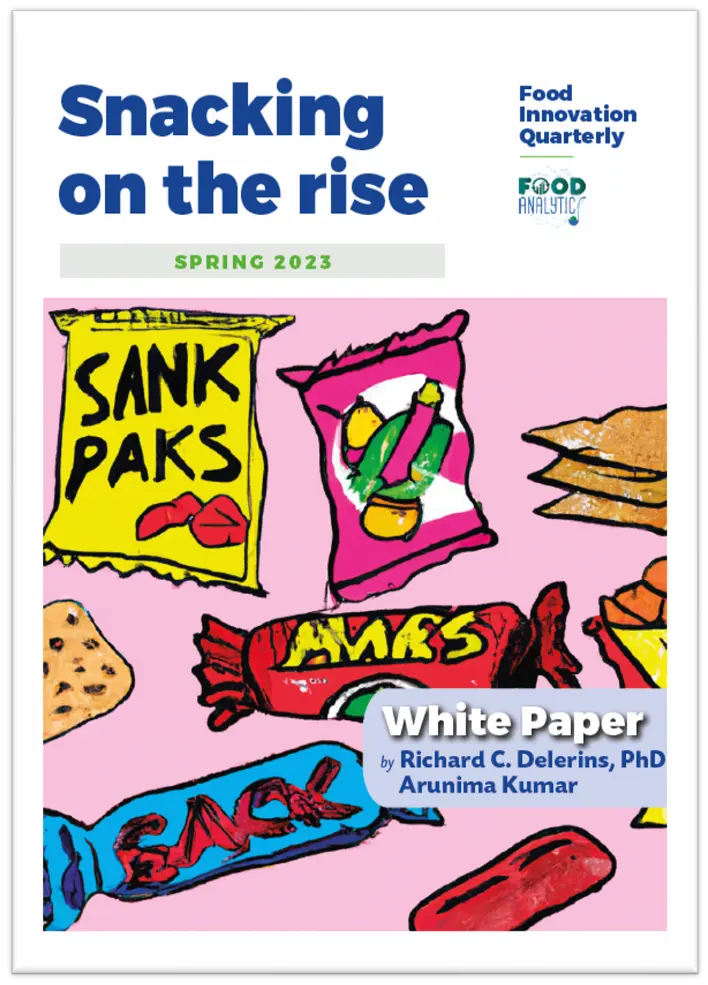In 2007, the Oxford English Dictionary added “phở” to its lexicon, followed by “bánh mì” in 2011. For many Vietnamese, myself included, these milestones marked more than the recognition of two dishes; they represent a growing awareness of our culinary heritage abroad.
The Bigger Picture
Phở and Bánh mì have since become the shorthand for Vietnamese food. Their names are emblazoned on shop signs around the world, like Phở 79 in the US or Phở 14 in Paris. Many of these establishments were opened by Vietnamese refugees who left the country in 1975, determined to preserve the flavors of their hometown.
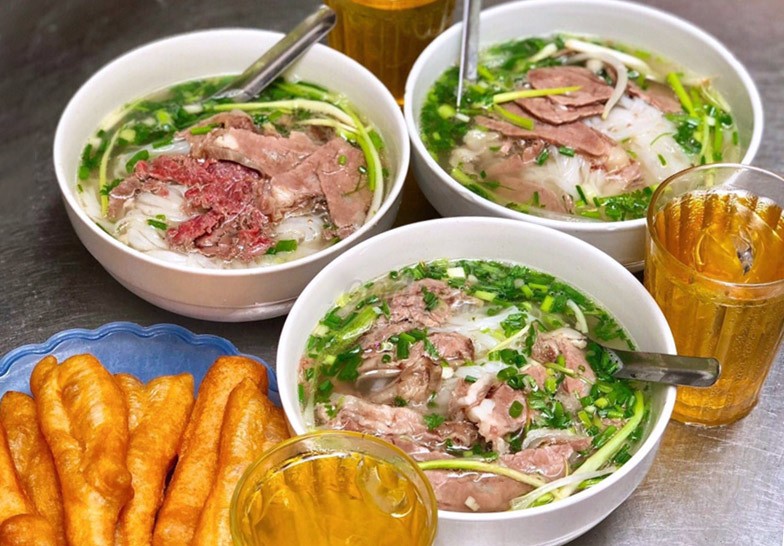
While this pattern of naming has helped promote Vietnamese dishes abroad, it inadvertently simplified Vietnamese cuisine to a handful of familiar. Even phở is more varied than its international image suggests. Most Vietnamese restaurants abroad serve Southern style, with its sweeter broth, and a basket of fresh herbs and dipping sauces of hoisin and chili.
However, the authentic Northern phở, the version I grew up with in Hanoi, is simpler and more restrained: clear, lighter broth, with no dipping sauces or side garnishes, though we often order trà đá (iced tea), trứng trần (poach egg) and quẩy (fried dough sticks) to go with the bowl.
As someone born and raised in the crowded streets of Hanoi, I can assure you that our cuisine is far more than the world often sees!
“Early Bird Gets the Worms”
In Vietnam, we say: “The slower water buffalo gets the murky water”, a proverb that highlights a trait that is often admired by the Vietnamese older generation — a belief in hard work, persistence, and the rewards that come to those who rise early. That spirit explains why food in Vietnam is available almost around the clock. From dawn, breakfast street vendors appear on every corner, ladling broth into bowls to fuel workers for long days ahead.
Phở, bún (vermicelli), and mì (yellow noodles) are the pillars of Hanoi’s hearty breakfast, each prepared with regional variations. Some of the most popular choices include Bún mọc (pork meatball soup), bún riêu (crab-based noodle soup), bún ốc (snail soup, can be served hot or cold), phở bò (beef noodle soup) and mì bầu dục (noodles with pig’s intestine, a less common dish that remains one of my personal comforts).

Among many breakfast options, there is one dish that deserves more attention internationally: bún thang, a classic soup unique to Hanoi. Its name “thang”, derived from the Chinese word for “broth”, points to its essence – the broth is the dish’s soul. A clear, delicate broth signals mastery of the cook, one who has the patience to skim impurities, and cleans bones thoroughly in the early morning or the night before to create a light yet flavorful taste.
Another equally important component is the toppings, which are no less complex. Bún Thang features shredded chicken, thin strips of eggs, mushrooms, chả lụa (steamed pork sausage) and is then layered with fresh herbs like green onions, rau răm (Vietnamese Coriander) or mùi tàu (Culantro). To pair with the dish, many also add lime, chili, and mắm tôm (shrimp paste), which has a pungent smell that defines the flavor of the broth, capturing the true spirit of this bowl.
Once reserved for royalty, bún thang today can be enjoyed for just $2 to $4 a bowl. The Old Quarter, located in Hoàn Kiếm district, which many consider to be Hanoi’s beating heart, is where I recommend starting your search.
The Old Quarter: A Tapestry of Stories and Flavors
The Old Quarter is one of Hanoi’s most visited destinations, and with good reason. At its center lies Hoàn Kiếm Lake, named after the legend of King Lê Lợi, who returned the divine sword “Thuận Thiên” (Heaven’s Will) to drive out the Minh (Ming) invaders in the 15th century, then returned it to a giant golden turtle that emerged from the lake.
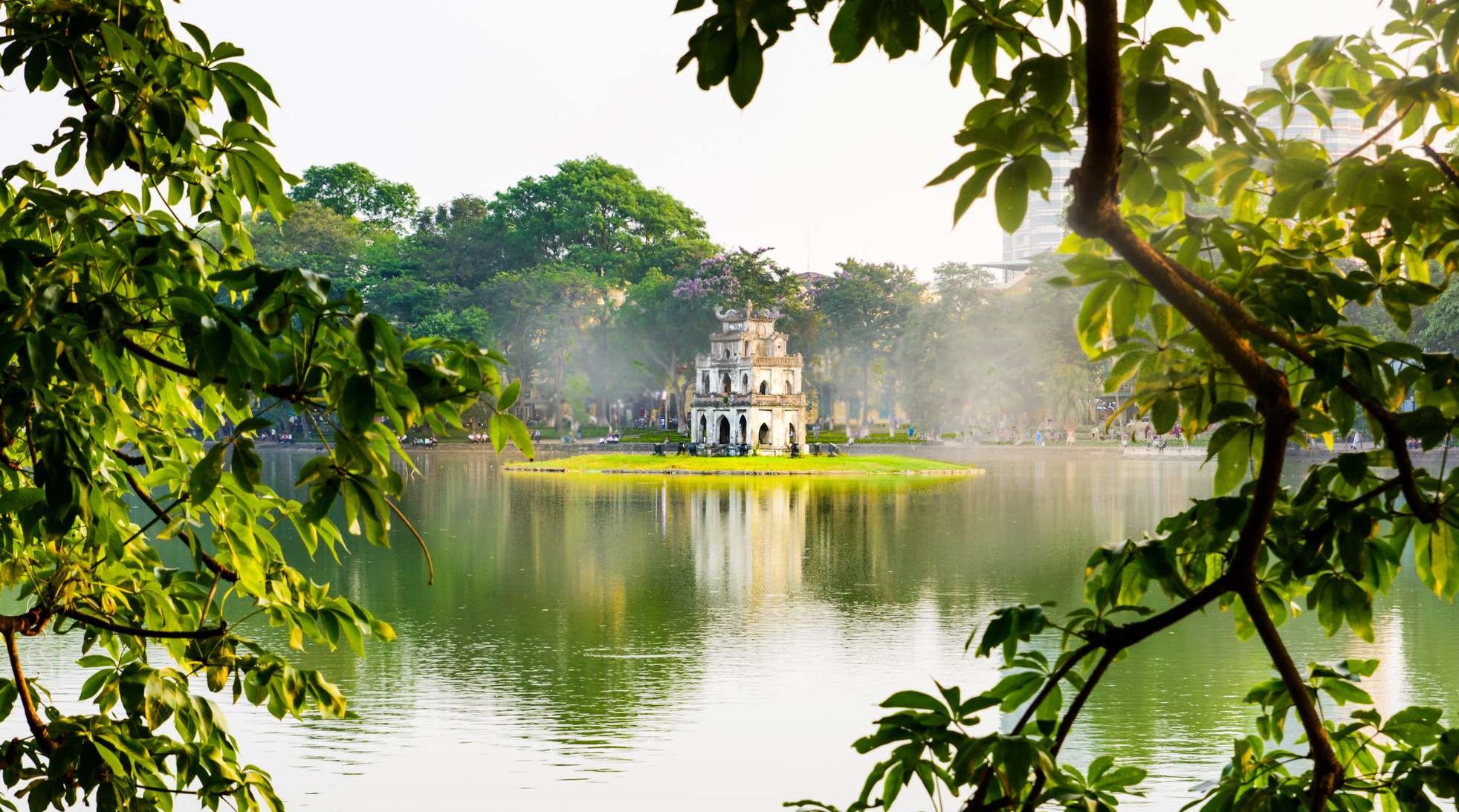
This area, once known as the “36 phố phường” (36 streets), is a maze of narrow alleys where each once specialized in a single trade, like silk, copper, paper, or herbal medicine. Today, it is not only a historical site but also a culinary hub of Hanoi.
Alongside bún thang, which I have already mentioned above, you’ll find the best beef Phở, bánh rô ti (baked pastries), gỏi khô bò (beef jerky salad) in Cầu Gỗ, and the famed bún chả on Hàng Than.
You will also come across bún đậu mắm tôm (cubed vermicelli served with shrimp paste) — a Hanoi-origin dish. Because of the paste’s strong aroma, some shops even hand out chewing gum after you finish the dish — a small gesture of thoughtfulness, as if to say they don’t want the intensity of the paste to linger and affect the rest of your day. And don’t worry, for those unable to tolerate the scent, fish sauce is usually offered as a substitute.
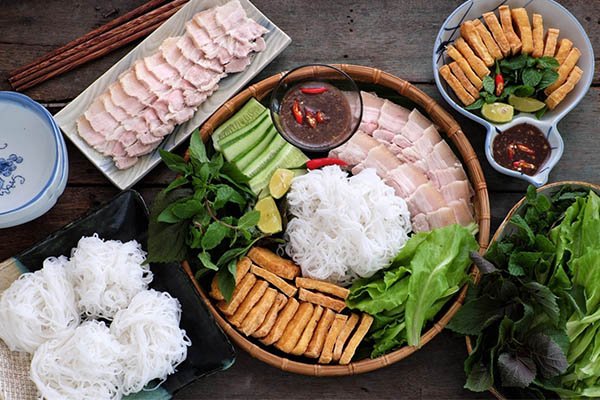
The Old Quarter is filled with countless restaurants and food stalls, and while quick research helps, it is difficult to go wrong. Even without preparation, most travelers are rewarded, a testament to the Old Quarter’s food culture, rooted in ordinary families who have cooked for generations
If you visit during autumn, you’ll receive a surprising gift from Hanoi: Cốm. From August to November, the city eagerly awaits cốm, the tender green rice flakes harvested from young rice. Wrapped in lotus leaves to preserve their fragrance, cốm is usually eaten plain, with ripe bananas or transformed into sweets like cốm cake. For Hanoians, its fleeting presence each year embodies the essence of Hanoi’s autumn, reminding us that food is not only a flavor, but also a memory longed for across generations.
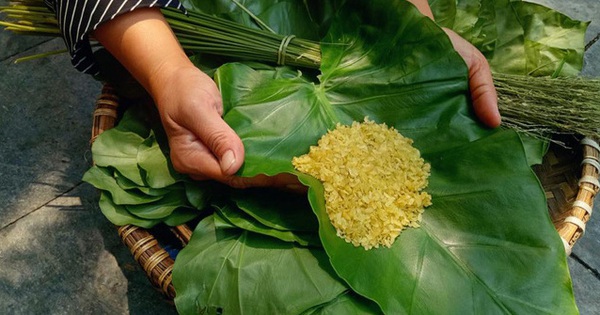
Coffee is also a ritual in the Old Quarter. Unlike Starbucks’ Arabica blends, Vietnamese coffee is renowned for its dark, strong flavor, made with Robusta beans, producing a more bitter and pungent taste compared to ones from coffee chains. Variations abound bạc xỉu (white coffee), cà phê muối (salted-cream coffee), cà phê trứng (egg coffee), and cà phê cốt dừa (coconut coffee).
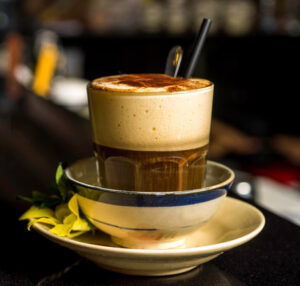
Many of the best coffee shops are hidden behind unmarked doors or down narrow alleys, with places like Café Giảng, Café Đinh, and Hidden Alley. Step inside and the air is thick with the aroma of freshly brewed Robusta, the bitter scent mingling with condensed milk, a sensory jolt that surprises travelers.
For a more unusual experience, you can sip coffee from a passing train at the cafés along Hanoi’s famed Train Street, or leave behind your thoughts in the scribbled walls of the Notes Coffee, where every surface is covered with colorful post-it messages from visitors around the world.
Another Old Quarter’s main draw for foreigners, beyond its coffee, is the walking streets that are closed to traffic on the weekends. Hanoi, like other places in Vietnam, is not built for pedestrians. Motorbikes and food stalls often block the sidewalks, and there are many food vendors setting up stalls selling ice cream or fish balls on the pavement despite the police efforts to move them along.
In that context, a car-free zone is rather a rare luxury, appealing to not only visitors but also to the Vietnamese themselves. The streets fill with crowds and live performances, turning festive as both locals and visitors are drawn into the celebration. But if you dislike crowded places, I do not recommend you going here on weekend nights!
Just a short walk away from Hoàn Kiếm lake, you can find Tạ Hiện Street—known as Hanoi’s “Beer Street”. In the morning, you would think the alleyways look quiet, almost as if they’re abandoned. But as night falls, the street erupts with lights, tables, and menus waved at passersby. For the party people, this is the place to be: some clubs here play surprisingly good music, and the energy is electric. Still, the alcohol here is mostly canned or bottled, and the food is overpriced, and the atmosphere tailored more to tourists than locals.

For an alternative, I prefer quieter corners of the Old Quarter, where I can admire the city at night with a bowl of tào phớ (tofu pudding) or chè (sweetsoup) in hand.
Tây Hồ: Hanoi’s Western Plate
During my college years, I often joked with my friends about the name of West Lake. Officially, it comes from the geographical location of the lake, situated on the western side of the Cố đô Thăng Long (Old Capital of the Rising Dragons). But in Vietnamese, “west” also suggests “western” or “foreign”. Which feels fitting given how many expatriates choose to live or settle here, surrounded by international cuisine like sushi bars, steakhouses, taco shops, and brunch cafés.
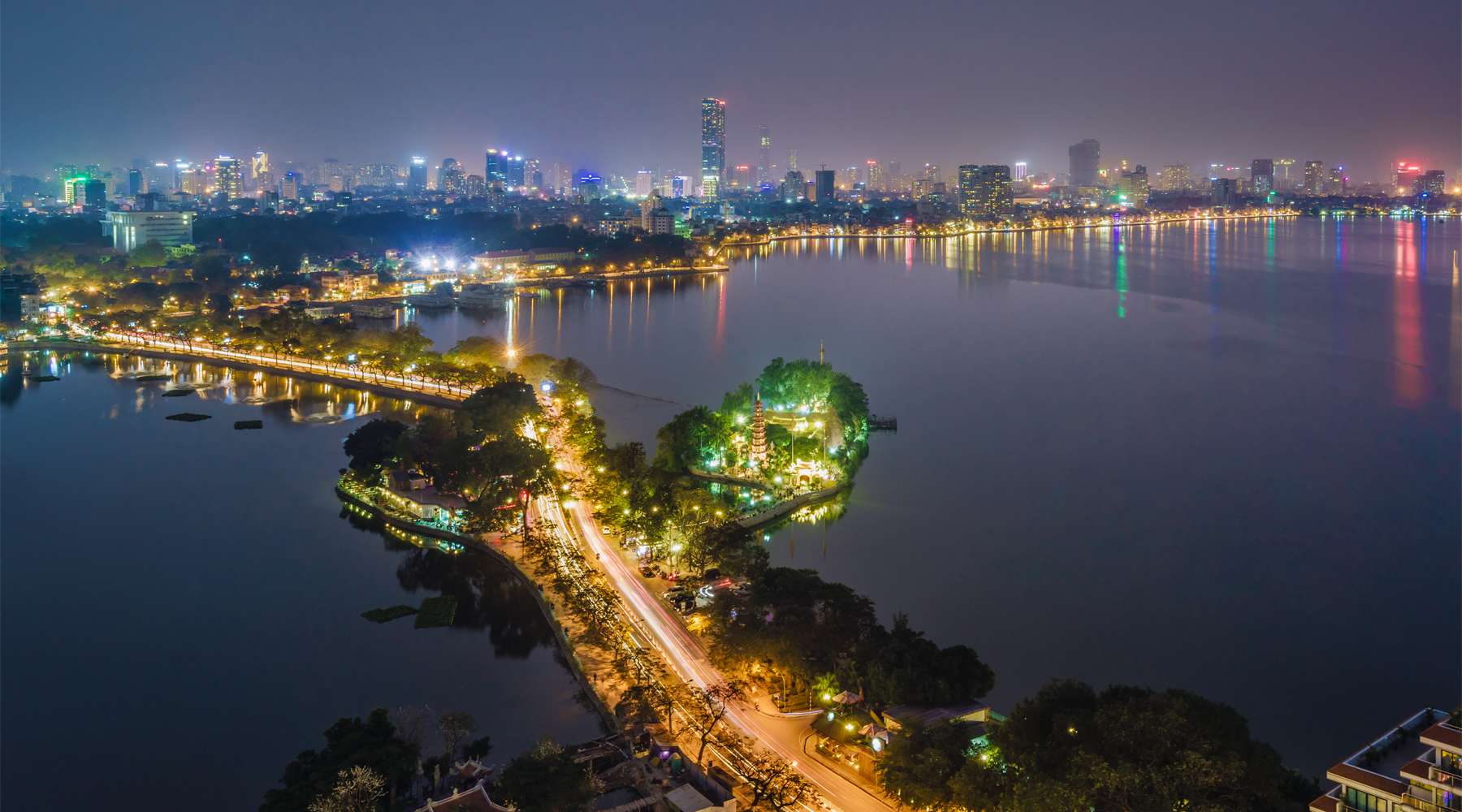
Unlike Hồ Gươm, West Lake stretches for 17 kilometers, far too long for a leisurely walk. However, with a bicycle or scooter that can easily be rented around the lake, this location becomes a circuit of discovery. I’ll share some of my favorite spots below.

One of my regular stops is Pelo, a place for hearty French tacos, fully customizable with meat, vegetables, and sauces, filling for dinner. On a slow Sunday, you can stop at Milk and Honey, a brunch cafe that offers great pancakes, waffles, and scones.
For burgers, Sunkat’s is less famous than Chop’s but equally satisfying in size, and inventive options like a Mac and Cheese patty. And for Mexican food, Anita’s Cantina has earned a loyal following among my friends for its salsa and authentic flavors.
For those seeking drinks, Turtle Lake Brewing Company is worth a visit. Once under the radar when I first visited the spot, it now attracts a steady crowd with its wide selection of homemade beers, and activities like billiards or shuffleboard for those who want to linger with friends.
“Bò Bún” Voyage
As Hanoi has grown into one of Vietnam’s most prosperous economies, it has also absorbed the flavors of different regions across the country. Over recent decades, migration from other provinces has brought regional specialties to the capital, enriching the local food scene in ways that I find infinitely valuable.
Today, it is not unusual to see bún bò Huế, a spicy beef noodle soup from central Vietnam, bún bò Nam Bộ, or nem nướng from Nha Trang and bánh xèo (sizzling pancake) from the South. This influx has led to the rise of chain restaurants, like Nét Huế, Vị Quảng, and Runam Bistro, making food from other cities accessible to Hanoians.

Street snacks, too, have evolved. For example, nem chua rán—fried fermented pork sausage from Thanh Hóa—is now a street snack in Hanoi, kept alive among students as part of their after-school memory. The city, once cautious about outside flavors, now embraces them and makes them part of its culture. Hence, there is much to explore in Hanoi beyond its signature offerings, and the best way to experience it is with an open mind, strolling through the streets and trying different dishes.
1-2-3, Dô! A Communal Toast
After exploring Hanoi’s two main food hubs, the Old Quarter and the West Lake, it is worth asking what food truly means to the people here. Despite the abundance of single-serving dishes, Hanoi’s food culture is communal at heart. Breakfast and lunch may be hurried, with a bowl of noodles or bánh mì eaten quickly before rushing to work or school. For dinner, the rhythm shifts. It is when families gather and share, when food becomes less about sustenance and more about connection.
At home, the family table is simple but nourishing, with dishes like rau muống luộc (boiled water spinach), ba chỉ cháy cạnh (stir-fried pork belly), pickled vegetables, eaten with rice. Some restaurants, such as Tầm Vị, which earned a Michelin star, seek to recreate this traditional and rustic intimacy, with dishes served family-style in wood-paneled dining rooms.

For younger generations, nights out with friends often mean street barbecue. Nầm – The pig’s breast meat that is chewy and juicy—is grilled on foil-lined pans, with portable stoves at plastic tables on the sidewalk. Hot pot, too, is another shared favorite, uniting both young and old in Hanoi, with options from beef to mushrooms and Thai spicy and sour flavor. With the rise of food delivery apps, hot pot can now even be ordered to your home, with the communal spirit remaining the same.
No tradition is more central to Hanoi’s after-work activity than bia hơi, Hanoi’s signature draft beer. Low in alcohol, unpasteurized, and inexpensive, bia hơi is a cultural pleasure. People rarely drink this beer alone, as it is almost always paired with simple side dishes—stir-fry or boiled peanuts, fermented pork sausage, or fried tofu with green onions. Once sold for as little as 35 cents a glass before Covid, it now costs about half a dollar, which is still remarkably cheap.
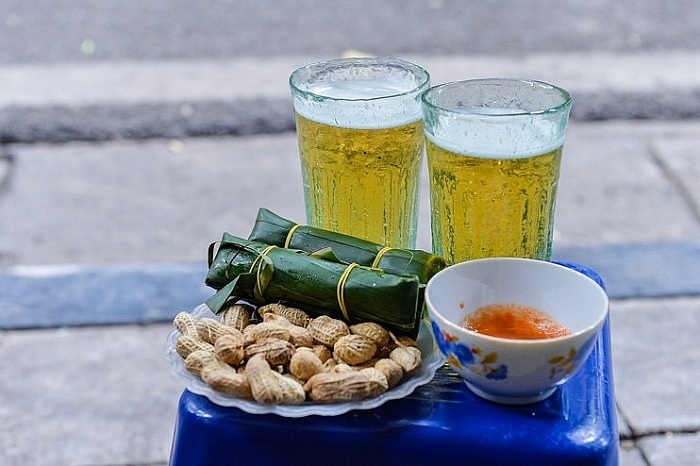
Popular chains like Bia Hải Xồm offer a more polished experience, ensuring quality and safety, but you can also find countless sidewalk stalls on the streets. Spring is the best season to enjoy it, when the weather is cool and the streets are alive with blossoms. The scent of wheat drifting from the Bia Hơi Hà Nội factory near West Lake is a reminder of just how deeply this drink is woven into the city’s fabric.
These beer halls are at their most animated during football season, when the crowds swell with fans, tables overflow onto sidewalks, and the city hums with collective anticipation and celebration. In that moment when the Vietnamese national team plays, the boundaries between strangers disappear; people who have never met will slap each other on the back, share plates of peanuts or tofu, and join in choruses of national songs. For those nights, bia hơi is more than a drink, it becomes the glue of collective joy for Hanoi people.
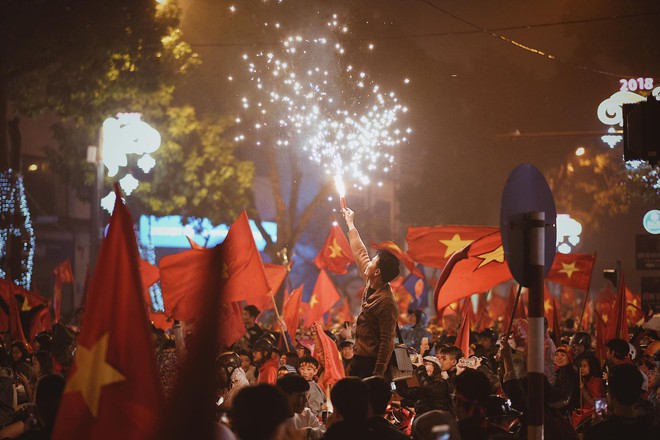
Hanoi’s Unspoken Love
For Hanoians, food is not just sustenance but affection, tradition, and identity. Vietnamese parents rarely say “I love you” outright to their children. Instead, they quietly leave a plate of fruit on the table, prepare warm soup after a long day or call their loved one to dinner with a familiar call out, “Xuống ăn cơm đi con” which means “Come down for dinner”. Grandparents, too, often rise early to visit the market, returning with steaming bánh cuốn (steamed rolled rice pancake) or xôi xéo (sticky rice with mung bean and fried shallots) so that the family can begin the day with something warm and fresh.
In this way, food becomes our language of care and the way we show love to others, understood without words. To eat in Hanoi is to experience not only flavors but also the values of the community, perseverance, and love expressed in quiet gestures. That is why I urge anyone who is planning a trip to consider Hanoi: come not just for phở and bánh mì, but for the rich and diverse food culture that is more than a meal – it is an invitation to the city’s soul.


